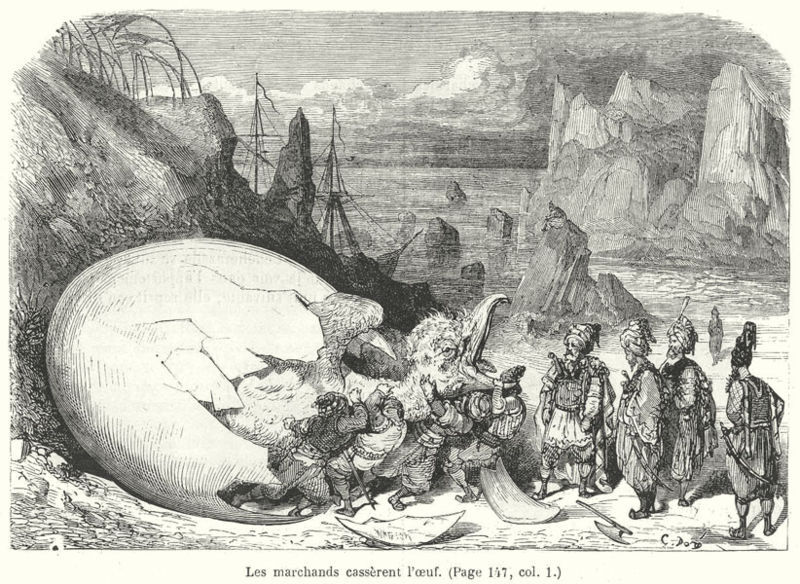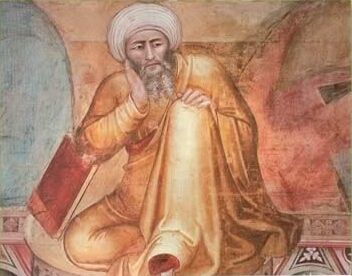The concepts covered in this sheet go beyond those seen in secondary school. It is intended as a supplement for those who are curious to find out more.
Around 750, the Arab Empire encompassed North Africa, Spain, part of Central Asia and stretched as far as the Indus River. Numerous remains, including palaces, mausoleums and mosques, bear witness to the greatness of this empire.
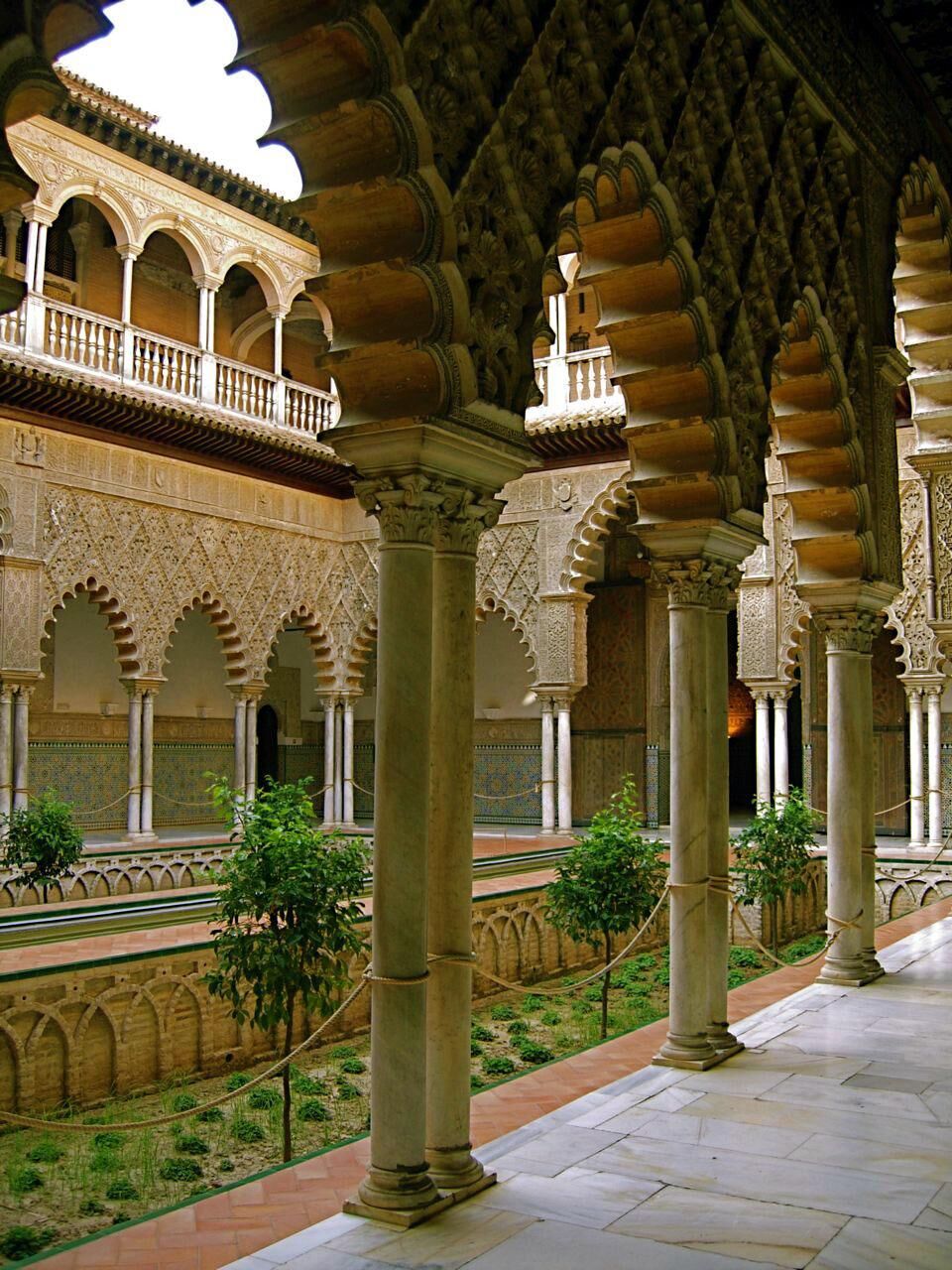
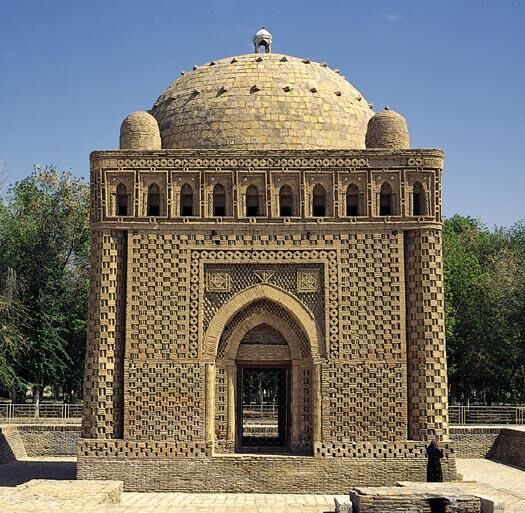
Between the 8th and 12th centuries, Arab civilisation enjoyed great economic prosperity, it is the period of the Arab Empire.
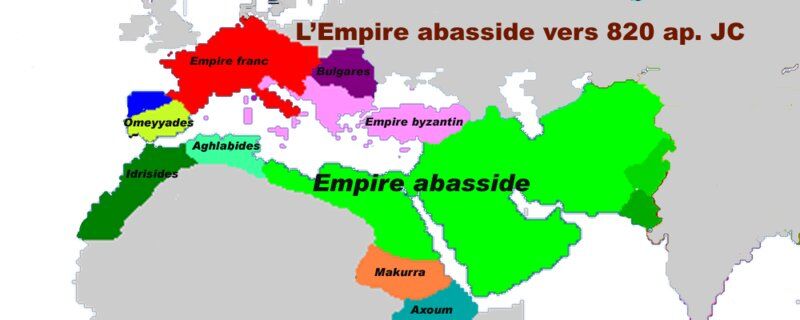
At that time, the Arabs controlled all the sea routes used for trade. In fact, they controlled the routes covered by the Mediterranean, the Red Sea, the Caspian Sea, the Gulf, the Persian Gulf and the Indian Ocean.
Trade was an essential activity for the Arab Empire, whose privileged location enabled it to develop strong trade with Europe, Asia and Africa.
Merchants travelled the length and breadth of the Empire, some sourcing a wide range of products from abroad: spices, silk, porcelain, paper, perfume (in China and India), gold, ivory and wood (in Africa), iron, salt, amber, honey and furs. Many were also involved in the slave trade (in Europe).
Its advantageous geographical position and the diversity of products on offer explain the boom in its commercial activities. It could be said that the Arab world was the hub of trade. It should also be added that it was the Arabs who brought many new products to Europe: sugar, cotton, spices, alcohol and so on.
Merchants travelled in camel caravans. Their rest and storage areas were known as caravanserais.

Arab civilisation and culture developed around cities. These were political and administrative centres, crossroads for trade and crafts, and religious and cultural capitals (thanks to the great mosques, libraries and schools).
The city that developed the most during the Arab Empire was certainly Baghdad. Chosen by the Caliph and home to an immense library, Baghdad was the largest city in the world at the time. It is even said to have been home to some 2 million inhabitants.
Throughout the Middle Ages, the political leaders in the Arab world were known as caliphs. The caliphs were both political and religious leaders of the Muslims. The caliphs saw themselves as successors to the prophet Mohammed. The Abbasid dynasty established its capital in Baghdad in 750. The Abbasids saw themselves as the protectors of science and religion. It was they who established the tradition of studying both the natural sciences, inspired by the Greek sciences, and religion.
During the reign of the Abbasids, Baghdad was the centre of a very active intellectual life. The royal family welcomed and encouraged scientists and philosophers. A great deal of poetry, literature and translations of Greek and Persian works were produced in Baghdad. At the height of the Arab Empire, Baghdad and the whole of its territory were economic, intellectual, commercial and artisanal powers. Two other powerful caliphates exerted almost as much influence as Baghdad: the Caliphate of Cordoba in Spain and the Caliphate of Cairo, which controlled the whole of North Africa.
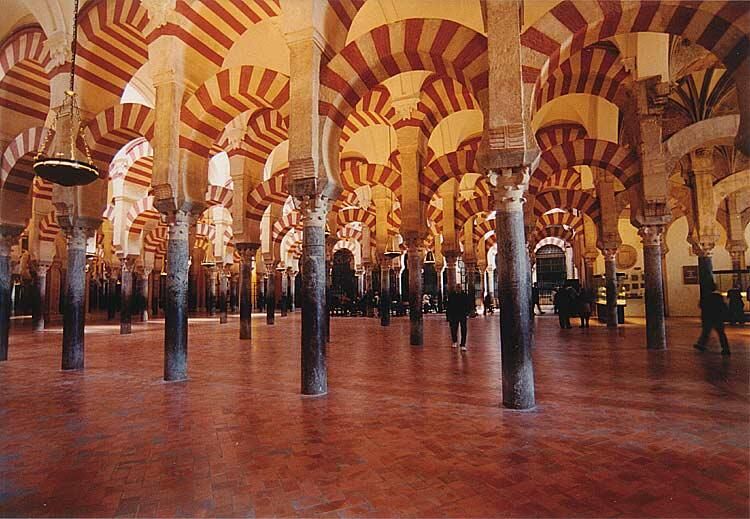
By the middle of the 10th century, the power of the caliphs had diminished considerably in favour of the power of military leaders. At the same time, administrative power diminished as social tensions grew. Social injustices and several slave revolts broke out. In addition, differences of opinion between Shiite and Sunni groups created a climate of conflict. All these circumstances undermined the political and social balance of the Empire.
In 1019, a new political leader banned any new interpretation of the Koran. This ban led to the end of the development of the critical and reflective spirit of the philosophers, which gradually put an end to the intellectual and scientific innovations that had made the Arab Empire so glorious.
The Abbasid caliphate encouraged the construction of several schools. Initially, the function of these schools was to facilitate the study of religion and the understanding of the Koran. These schools were scattered throughout Arabia and all the conquered territories. Some of these schools were compulsory for children from the age of 6. These schools admitted both boys and girls, and even slaves. However, the teaching was limited to studying the Koran and learning to read and write.
The men who continued their studies then undertook to study Greek philosophy and science while continuing their study of the Koran. The Greek sciences, which had been rediscovered in the 8th century, were considered necessary for the development of open-mindedness and the advancement of rational thought. Learning the sacraments and studying the Koran continued to dominate the Arab curriculum. Students were expected to master Greek philosophy (Aristotle and Plato), medicine, mathematics, astronomy, logic, literature and so on.
The educational institutions designed to train the religious elite were called madrasas. Students were taught Muslim law, philosophy and interpretation of the Koran, among other subjects. Students received stocks to finance their studies and free accommodation.
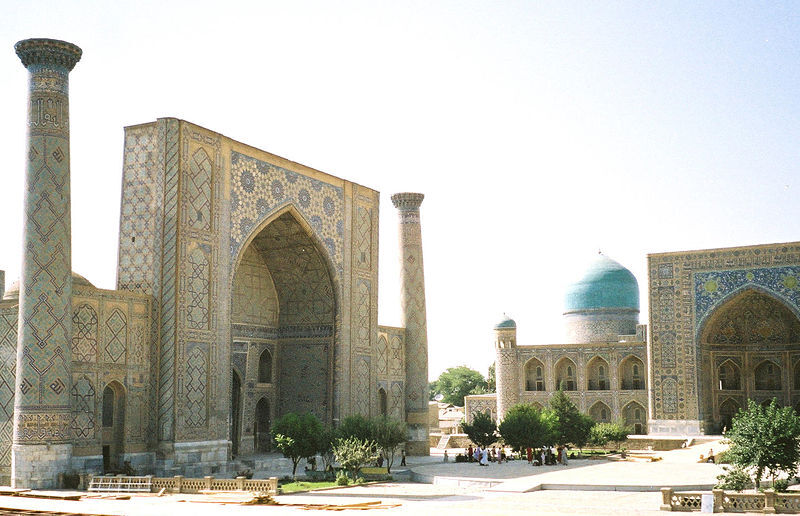
By integrating elements of Greek culture and amalgamating them with elements of Persian, Indian and Arab cultures, scholars and authors created a new culture. This culture, which integrated influences from the past with Arab reality, was known as adab culture. The scholars then set about compiling their knowledge in various works. Some even produced encyclopaedias that brought together all the knowledge essential to the cultured man.
The hadît (traditions) had to be perfectly mastered by the pupils. Not only did they have to be learnt, but they had to be learnt according to specific Papal edict. Students had to follow a list of steps, during which they had to listen to the traditions read or recited aloud by their master, read these traditions aloud in front of their master, receive authorisation, and receive an original text that they had to copy down. At the end of this process, the master would declare that he had heard the pupil recite the traditions and would then bequeath his collection to him. From that moment on, the student became the owner of the traditions. He was responsible for using them and passing them on to a future pupil.
From as early as the 7th century, books played a major role in the Arab Empire. This important role was accentuated in the 8th century thanks to the mastery of a new process that made it possible to manufacture paper from flax or hemp fibres. From the 8th century books flourished in the Arab world.
A number of libraries were built on the initiative of certain caliphs. Often built with funding from the caliph, who also donated his own personal collections, these libraries were important places for the dissemination of knowledge. The rulers who set up libraries were keen to spread knowledge throughout the conquered territories and important points of the Empire.
Among other things, they collected, distributed, copied and translated works. This dissemination of scientific and religious knowledge encouraged the development of a uniform Muslim culture and identity. This Muslim culture revolved around the values of Adab culture. At that time, Muslim culture was the heir to Antiquity's science at a time when that science was being forgotten in favour of Christianity, both in Europe and in the Byzantine Empire.
The presence of so many books and places of learning fostered the emergence of an intellectual and educated elite that reflected and innovated in a number of fields. Three caliphal libraries had a major influence at the time: the Baghdad library, the Cordoba library and the Cairo library.
The House of Wisdom: Baghdad Caliphate Library
Founded in the 9th century, the Baghdad library was not just a place for storing books. In fact, the House of Wisdom was above all a place where religious sciences and philosophy came together. Its main purpose was to defend and propagate Islam, while at the same time bringing together Persian and Greek cultures.
In addition to the library, there was also a large translation centre and a meeting room where scholars (especially astronomers) could exchange ideas. The caliphs also tried to collect a multitude of Greek texts found through research or acquired during battles with the Byzantines. Once these books were in their hands, they were translated into Arabic.
The Cordoba library
In the 10th century, Cordoba was a major cultural centre, growing in importance and autonomy. Its remote geographical location (Cordoba is in Spain) meant that the caliphate was isolated from the others. The Caliph of Córdoba had collected a very large number of books in his library, most of which had been acquired abroad. It is said that Cordoba's library contained around 400,000 works.
As well as acquiring books, the Caliph also hired copy booksellers and bookbinders whose task went beyond copying and translating. In fact, the library in Cordoba was the site of numerous books on a wide range of subjects: philosophy, astronomy, medicine, mathematics, etc. However, on the death of Caliph Al Hakam II, his successor had all the books on philosophy and astronomy burnt for religious reasons. He kept only the works on medicine and mathematics.
The Cairo Library: House of Knowledge
Founded in the 11th century, the House of Knowledge contained many books, the majority of which came from the Caliph's personal collection. The Caliph employed librarians to ensure that the books were as accessible as possible. Guards ensured the protection of the books stored there. The House of Knowledge was also a meeting place where scholars would gather to discuss issues relating to literature, philosophy, Muslim law and more.
Following the example of the great libraries founded on the initiative of the caliphs, several mosques and madrasas developed their own cultural centres. Mosque libraries were mainly stocked with copies of the Koran, which were used both for teaching and for reading aloud. The public had easier access to mosque libraries than to the caliphal libraries, which were mainly reserved for scholars and the intellectual elite. Madrasa libraries were mainly filled with scientific books.
In Fez, in the 14th century, two libraries were founded, one at the mosque and the other at the madrasa. The madrasa library still exists today.
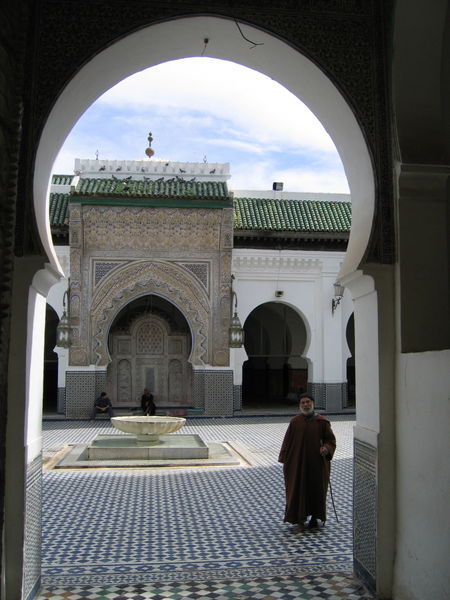
Arab philosophy enjoyed a period of great vitality between the 9th and 14th centuries. At that time, philosophers were thinkers who were independent of religion. All were also influenced by Greek traditions and thinkers.
Philosophers sought knowledge through both reason and natural experience. At the time, reason was defined by philosophers as an openness to intelligent, conceptual truths. This definition was no different from that proposed by the prophets or imams(Muslim religious leaders).
The first thinkers to define a system of logic focused on the legal and theological fields. They reflected on the issues raised by the Scriptures, and were concerned with both theory and practice. As a result, they developed a comprehensive terminology and a precise vocabulary that were later adopted by philosophers. These early philosophers contributed to the development of reasoning techniques.
The sciences and philosophy of Classical antiquity were at the heart of their thinking. Access to this knowledge was made possible by the scholars who lived in Constantinople. It was also at this time that the House of Wisdom was founded in Baghdad, where thinkers debated metaphysical questions, cosmology and the theories of Plato and Aristotle.
The Arab philosophers based their system of thought on the ideas of Plato and Aristotle. Their conception of these ideas was in fact a synthesis that tended to erase the differences between these two schools of thought. To these ideas derived from the Greeks, they added ideas linked to the prophetic philosophy conveyed by religion.
The system of thought developed in this way served to lead the soul towards a better understanding of the world and its phenomena, including the major scientific questions. The main aim of the study of philosophy was to lead to happiness, both for the individual and for society as a whole, which was only possible if we understood how the universe worked and man's place in the world. Only this knowledge could enable the individual or society to choose the best possible way of life.
Philosophers did not devote themselves solely to the study of one science or one field. Generally speaking, almost all philosophers touched on all fields, both rational and metaphysical thought, both the sciences and the arts.
In the philosophical conception of the great thinkers, there was a certain hierarchical distinction between the sensible world, the world of the soul and the world of intelligences. The sensible world is in fact the world of natural bodies. These natural bodies are divided into two categories: eternal bodies (celestial spheres) and perishable bodies. The world of the soul is also divided into two groups: cosmic souls (which give movement to the celestial spheres) and the souls that animate animals and humans.
Each soul possesses different qualities that become richer and richer as the soul gains in purity and instruction. The world of intelligences is in fact the world that brings together the essences of all that exists. This world is necessary for divine beings. Philosophical enlightenment is part of what transforms knowledge into personal salvation and enables the elevation of the soul.
Al Fârâbî was a philosopher of Turks origin. He is traditionally known as the second master, the first being Aristotle. Al Fârâbî studied in Baghdad, where he developed his knowledge in several fields: technology, science, languages, Aristotle's logic, grammar, mathematics, music, philosophy and so on.
In his view, philosophical truths were universal, whereas religious beliefs were not. This is why he concentrated his studies on philosophy throughout his life. He was one of the first Arab thinkers to pass on the doctrines of Plato and Aristotle. He not only summarised them, but also commented on them extensively. He went on to develop his theory on the conception of the world and the faculties of the soul. For him, the most educated soul is that of the philosopher or prophet who can guide others towards happiness.
Al Fârâbî wrote around a hundred works, almost all of which have been lost. Some have been preserved thanks to surviving versions in medieval Latin. He also wrote a catalogue of sciences, which was a first attempt to bring together all human knowledge. Al Fârâbî had a major influence on other Arab philosophers and paved the way for the study of Antiquity texts.
Averroes was introduced to jurisprudence and theology by his father in his youth. He went on to study physics, medicine, astronomy, philosophy and mathematics. The question on which he focused most was the origin of beings.
Having first written Treatise on Medicine, Averroes then turned his attention to Aristotle's ideas, trying to find their original meaning by setting aside all other interpretations and links with Arab and Islamic culture (Commentaries on Aristotle). Both in his studies and in his writings, he clearly separated reason and faith and radically opposed those who wished to reconcile them.
His ideas were widely echoed in the Christian world and gave rise to a number of debates. The Church of Rome condemned his principles and works in 1240 and 1513. He was also condemned by the Muslim religion, which felt that he distorted the principles of the faith too much.
The Arab sciences also flourished between 762 and the 14th century, in virtually every field: astronomy, mathematics, medicine and philosophy.
During this period, the political authorities strongly encouraged scientific development, as thinkers were funded by wealthy patrons. The growth of science and research was greatly helped by the development of critical thinking among intellectuals. As with philosophy, Arab science developed from the Greek heritage. The Greeks and their works represented the undisputed authority of Arab scholars in the Middle Ages.
The main Arab scientific innovations were transmitted to Europe as early as the 12th century. Although several innovations took place during this period, the changes brought about by these discoveries are not comparable to the changes that occurred in Europe during the Renaissance.
In mathematics, the 9th century was mainly marked by the revival of algebra and the extraction of square and cube roots. Algebra also became an independent practice. In addition, scientists extensively studied geometric figures: plane, spherical, conical, etc.
In astronomy, the intellectuals remained faithful to Ptolemy's model, although they made a few corrections. Arab astronomers were excellent calculators and built extremely precise instruments such as the astrolabe.
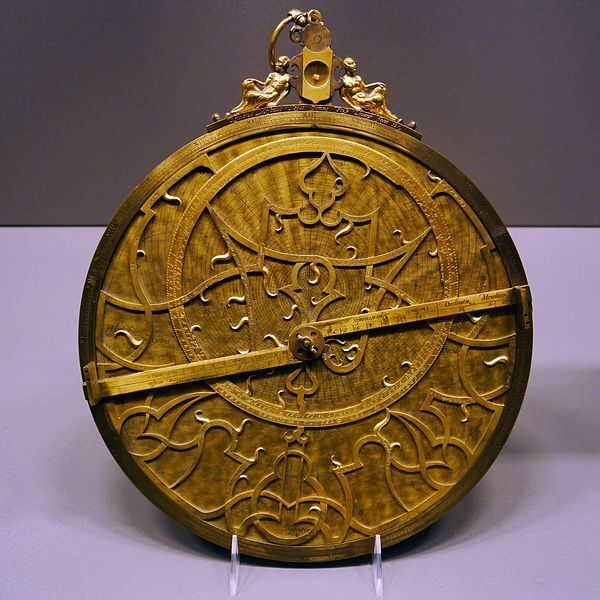
The physical sciences were also a subject of research and study for both mechanics and optics. In mechanics, a number of studies were carried out on centres of gravity, equilibrium, the balance, the elevation of weights and the transformation of movements. In optics, scientists developed a law of refraction as well as a theory of the rainbow and reflection in a crystalline sphere.
Arab researchers were the only ones interested in geology and they formulated the first hypotheses on the formation of mountains. They also conducted scientific studies on minerals.
A number of plants were studied for practical purposes, while scholars studied agronomy to determine the agricultural value of certain regions. They even managed to carry out irrigation work. In medicine, scholars commonly used a more experimental method based on observation. Moreover, knowledge of pharmacy developed considerably during the same period.
During his youth, Avicenna quickly developed an interest in the natural sciences and medicine. Al Fârâbî's commentaries helped him to understand Aristotle's thought.
He then embarked on the study of the sciences while writing his first book on philosophy and performing various political tasks. Despite these various commitments, he also wrote poetry. Avicenna's main aim was to add concreteness to Aristotle's ideas. In his view, logic should be the instrumental science used by philosophers.
Avicenna strongly believed in the Creator God who had revealed himself to the prophets, and metaphysics was to be used to prove the existence of this Creator God. His thought strongly influenced that of Saint Thomas Aquinas. In addition, his work on medicine influenced medicinal practice until the 17th century, both in Arab countries and in the West.
Al Biruni was a scholar who, like his predecessors, received a complete education including mathematics, astronomy, physics, natural sciences, etc.
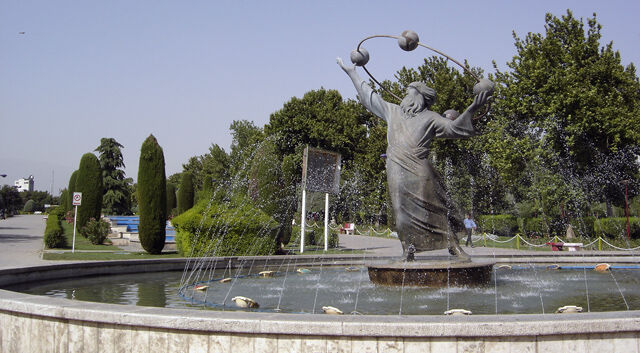
Throughout his life, he was in part scientist, geographer, historian and linguist. He also spent a lot of time observing the customs of his time. His first work dealt with calendars, mathematics, astronomy and meteorology. He was also taken prisoner in India, where he served as an astronomer. As a result, he learned Indian languages and customs. He later published a book describing the regions he visited.
He carried out a number of scientific investigations. He was able to calculate the density and weight of certain materials using Archimedes' principle. He also wrote a treatise on the Papal edict of three, in which he determined that the relationship between the circumference and the diameter of a circle must be an irrational number. He carried out several works in trigonometry on the calculation of a half-chord and tangents. His ideas on trigonometry were reused in astronomy and triangulation. He also studied regular polygons.
Al Biruni wrote practically all his life, producing no fewer than 113 works, most of which have now been lost. One of these works was on the astrolabe. Al Biruni gave a very detailed and accurate description.
These two fields are interrelated and can be seen in many palaces and mosques. Arab art is rather non-figurative, since Islam generally forbids representations of humans and animals, but there is a very wide variety of shapes, motifs, lines, etc., all of which can be seen in the numerous palaces and mosques.
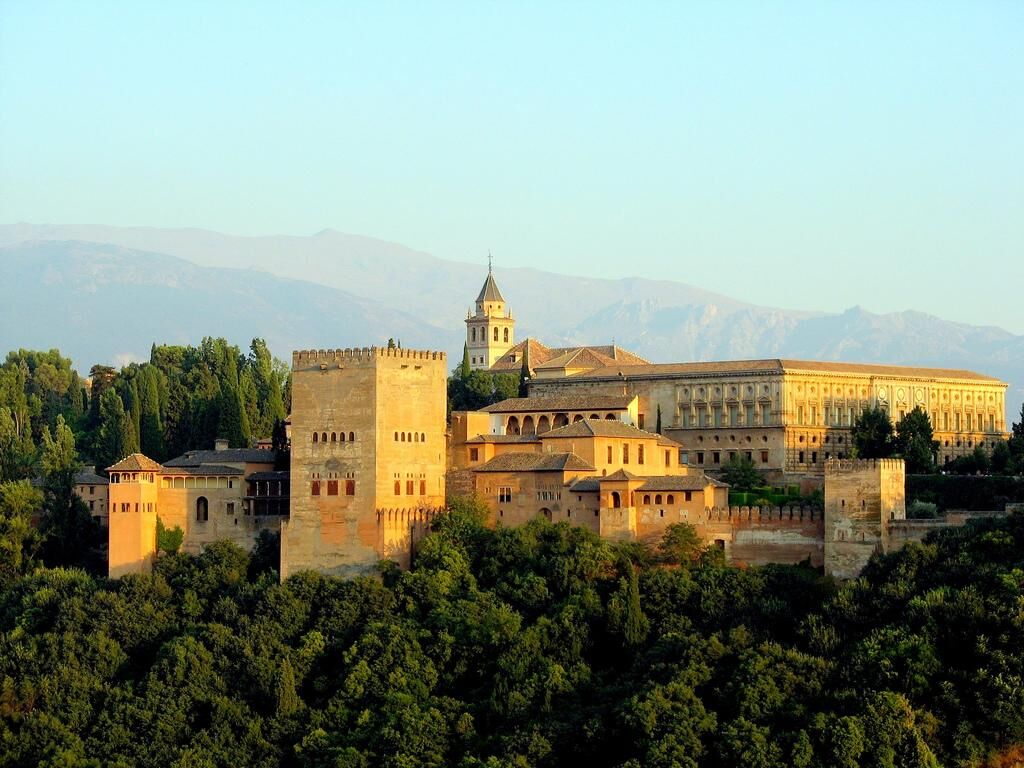
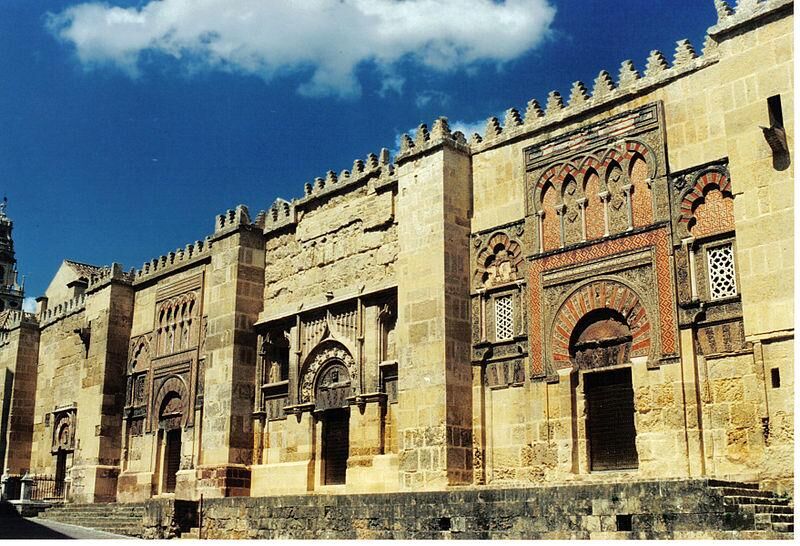
The work that has done most to raise the profile of Arab culture is undoubtedly the Arabian Nights. This literary work has become part of the imagination of every culture.
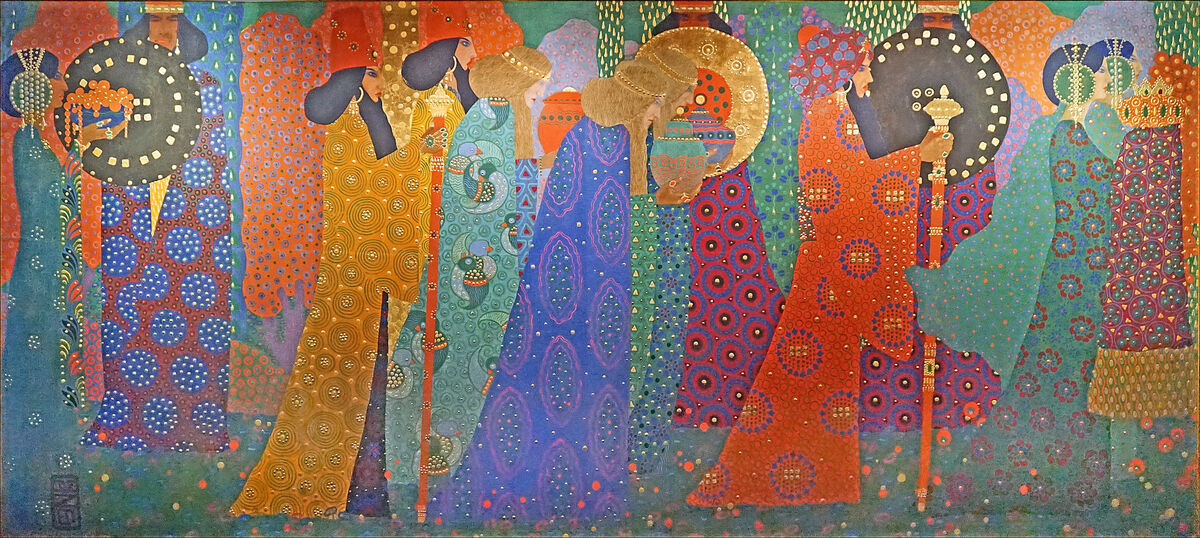
Made up of several stories, this collection also features a narrative that frames all the little stories: the story of Scheherazade. Scheherazade knows that her husband intends to kill her after their wedding night. To escape her husband's death, she tells him a story throughout the night. When she didn't finish her story at dawn, and her husband's curiosity was aroused, he didn't kill her but asked her to continue. She used this strategy for 1,001 nights, at the end of which her husband agreed to let her live.
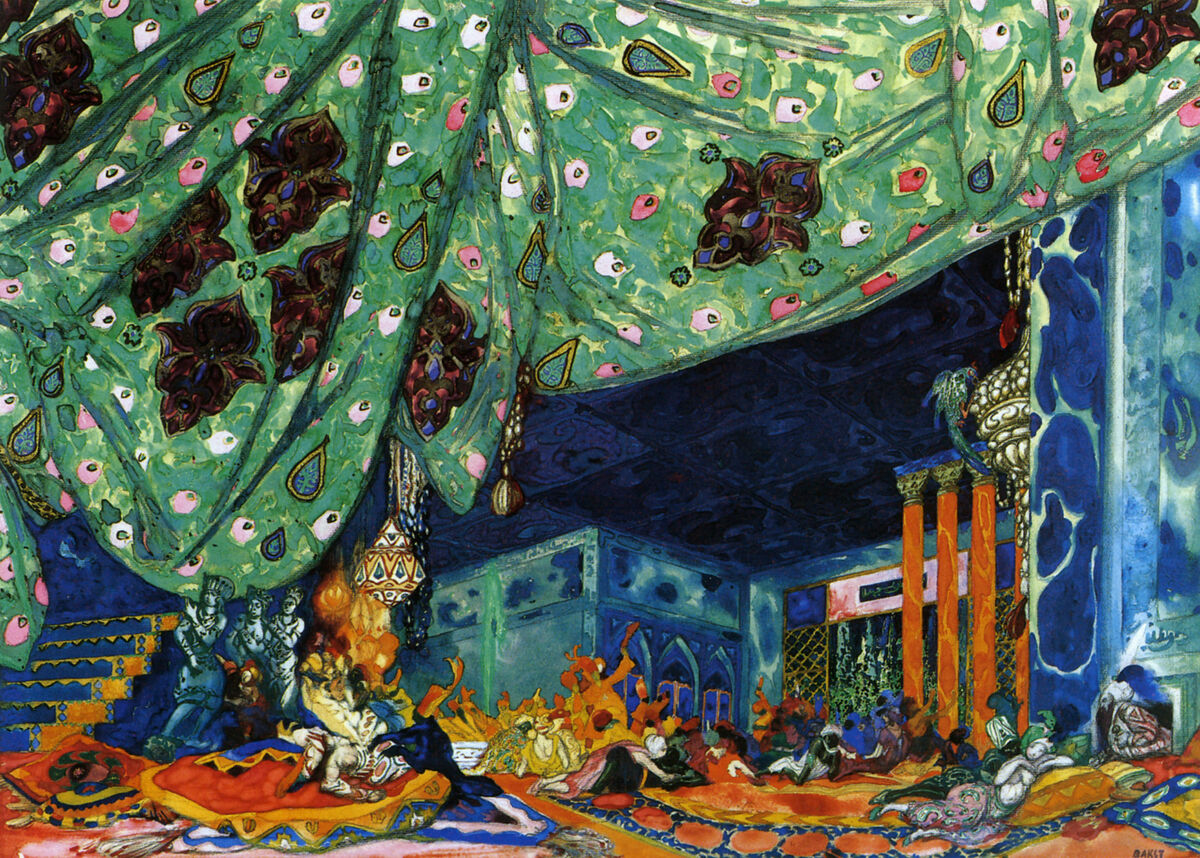
This collection is anonymous, meaning that no trace of the author has ever been found. The first mention of these tales dates from the 10th century. The collection was written in Arabic and can be divided into three parts. The first is made up of tales of Persian and Indian origin that contain a great deal of wonder. The second is called the Baghdad cycle and is made up of tales and stories containing many references to the Caliph, the court and the Abbasids. Finally, the last part presents Egyptian stories that place great importance on magical objects.
The main hypothesis is that the majority of these tales are of Indian origin (the names of the places and characters as well as the themes confirm this hypothesis). These stories were transmitted by oral tradition from India and Persia to Arabia.
Merchants, itinerant and lovers of tales, would have helped to spread these tales throughout the Arab Empire. In the 8th century, Arab storytellers added their own personal touch to these tales, gradually modifying them. They also added new tales, bringing the total to 1,001. These additions would have been made in line with religious, historical and geographical influences (there are references to Islam, Christianity, Judaism, the war with the Byzantine Empire, the Crusades with the Franks, Baghdad, Cairo, etc.).
Several versions were subsequently written down. The most stable form of the stories dates from the 13th or 14th century. The first European translation was made into French by Antoine Galland in the 17th century. The tales of the Thousand and One Nights were immediately popular and gave rise to a strong craze for Oriental culture as a whole. The tales were translated and republished many times. Today, we still tell the stories of Aladdin, Ali Baba and Sinbad.
